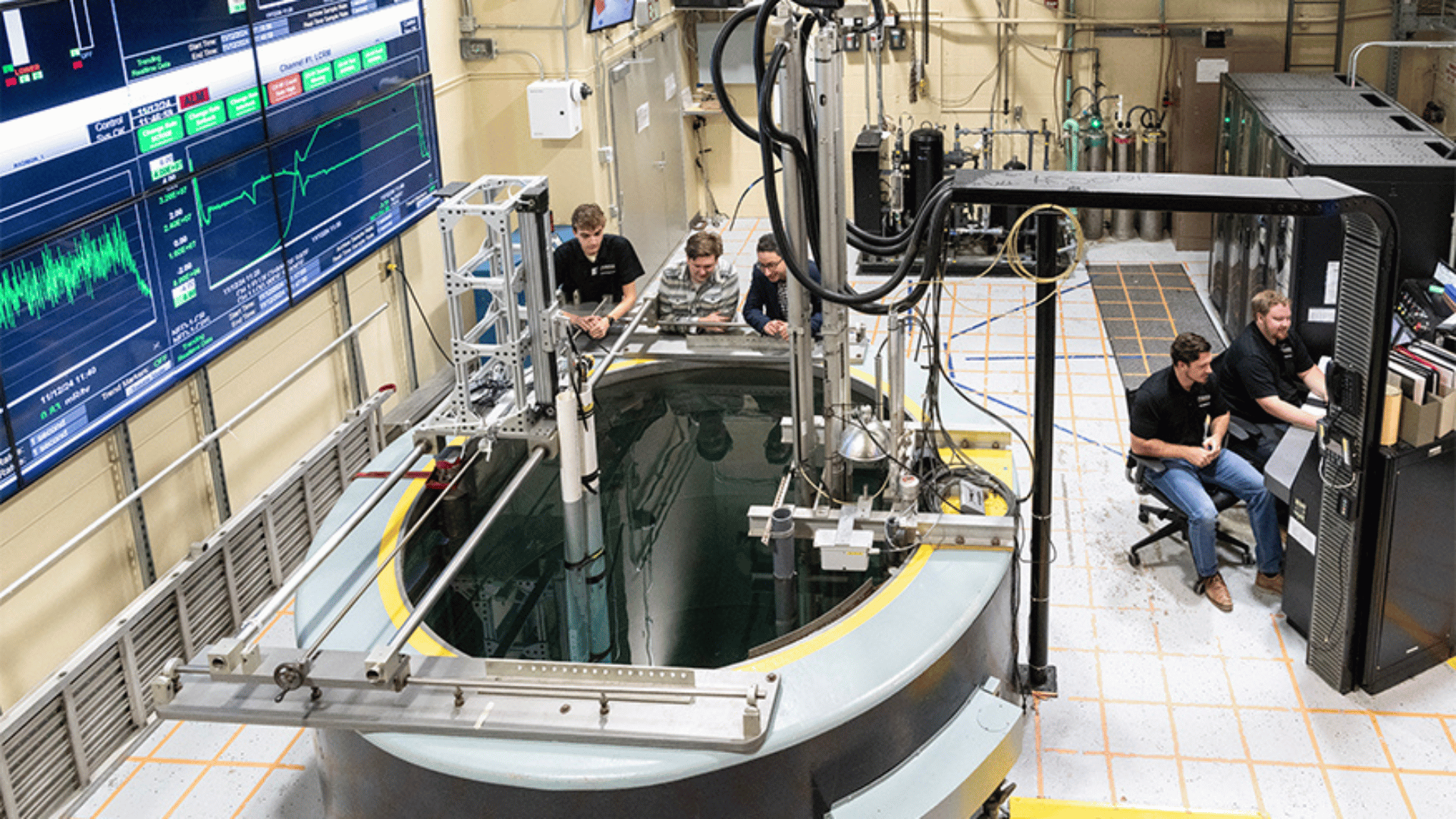Researchers successfully completed the demonstration of quantum secure communications in a nuclear reactor. Purdue University, in collaboration with the Oak Ridge National Laboratory (ORNL), made significant strides in integrating quantum security in Purdue University’s Reactor Number One (PUR-1) nuclear energy systems.
Advancing Quantum in Nuclear Energy

Purdue’s reactor, PUR-1, is the only one in the United States to be completely controlled and operated by digital technology. Instead of traditional dials, knobs, and analog systems, the digital reactor utilizes computer screens, keyboards, and ethernet connections. These traditional control systems have existed in the U.S. since the 1960s. While there has been a digital shift in nuclear reactors, PUR-1 is the only fully digital reactor licensed by the U.S. Nuclear Regulatory Commission.
Being entirely digital means the reactor’s “nervous system” relies exclusively on digital tech.
“PUR-1 is uniquely positioned to address challenges like this one as the first fully digital nuclear reactor in the United States,” said Phil Evans, senior R&D staff at Oak Ridge National Laboratory. “Equipped with state-of-the-art digital instrumentation and control systems and a digital twin, PUR-1 serves as a versatile research and education platform for exploring cutting-edge technologies in reactor operations and cybersecurity.”
Despite being all digital, the PUR-1 nuclear reactor is still at risk for cyberattacks, much like traditional reactors. A cyberattack on a nuclear reactor would rightfully cause unease and panic in the public. Current encryption methods are powerful. However, quantum encryption is a prime candidate for advanced cybersecurity as quantum computing advances, and PUR-1’s all-digital nervous system is a perfect test subject.
Preventing “Eavesdroppers”
The researchers partnered with Toshiba to test its Quantum Key Distribution (QKD) systems on PUR-1. A QKD system uses quantum mechanics and relies on the measurement of a quantum mechanical system to disturb quantum states. According to the researchers, this makes it easy to know if a hacker was “eavesdropping” and looking for critical info.
“The fully digital architecture of PUR-1 makes it an ideal testbed for integrating and evaluating quantum technologies in realistic nuclear environments,” Terry Cronin, vice president of marketing at Toshiba International Corporation, said in a press release. “This capability ensures that innovative solutions can be experimentally validated before being scaled to larger or remote reactor systems.”
Toshiba executives say QKD-secured communication protects against untraceable external attempts to expose critical information.
Cronin said, “By integrating quantum key distribution, this demonstration addresses these concerns with a level of security that is immune to interception or decryption by current or future computational technologies.”
The work is promising, the researchers said. However, testing still needs to be done in an environment highly exposed to radiation, which they plan to do in future studies.


